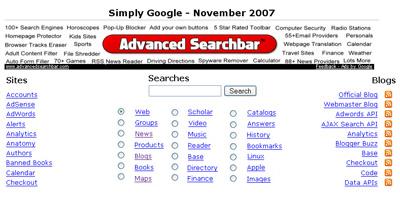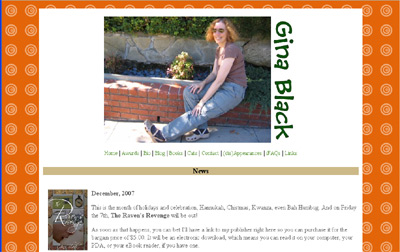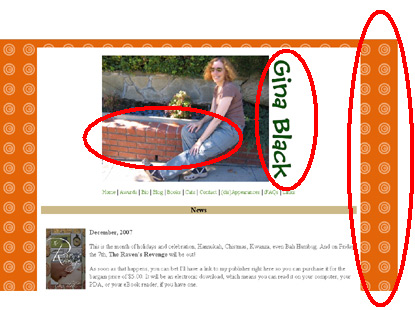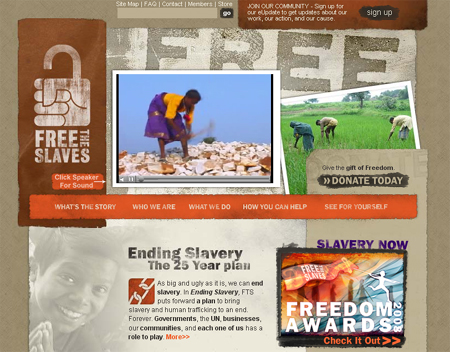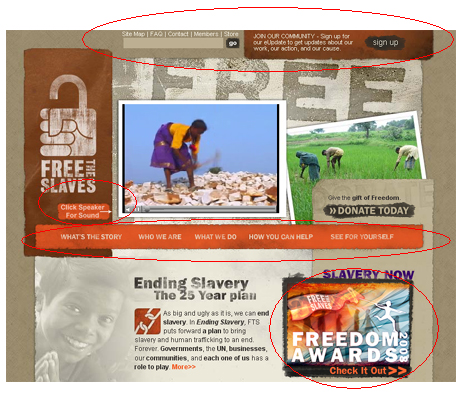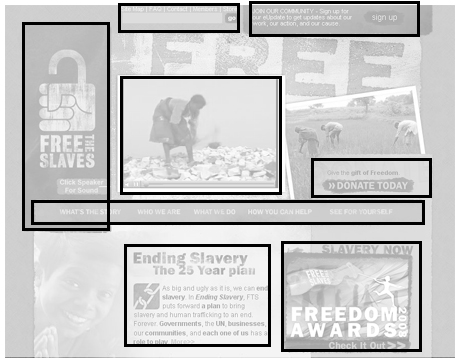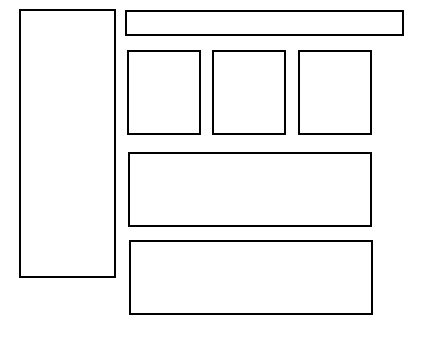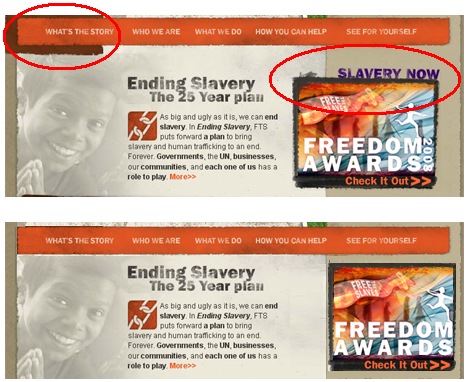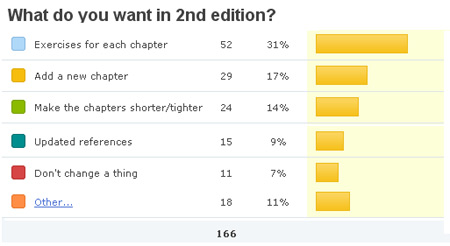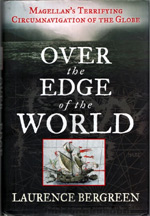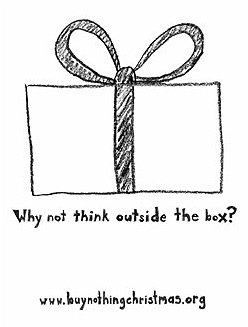If you write about innovation or creativity there are certain books people will continually tell you to read. I’ve kept track, and the top # of mentions have gone to: Malcolm Gladwell, Connections by James Burke, and A Whole new mind, by Daniel Pink. I’d already read Gladwell and much of Burke, and this week I finally read A Whole New Mind.
Short review:
 It’s a light, upbeat read, but with some heavily flawed arguments. It makes strong claims about the value of right-brain, or creative, thinking, and how current economic conditions have created big opportunities for creative people. However these arguments are often one-sided or poorly supported, even in cases where I agree with the spirit of his conclusions.
It’s a light, upbeat read, but with some heavily flawed arguments. It makes strong claims about the value of right-brain, or creative, thinking, and how current economic conditions have created big opportunities for creative people. However these arguments are often one-sided or poorly supported, even in cases where I agree with the spirit of his conclusions.
If you or people you work with are logic centric thinkers, this book will help you understand the value of a holistic view of what our minds do, as well as pointers for how to rediscover the intuitive nature of your mind. However, the claims are arguments are often weak and many do not hold up well in reasonable debate. I struggled mightily with some of his central arguments, which I’ll describe below.
[Update 2/24/2014: the left vs right brain notion of the brain has been shown to be largely overstated]
Long review:
I had major criticisms of both the assumptions he makes, and how he makes them, and there are three piles: 1) ignorance of history, 2) unnecessary polarization, and 3) lack of devil’s advocacy. Since what follows is long, I have to say the book was thought provoking, though not necessarily in the way the author intended.
If you haven’t read it, and don’t want spoilers, go read it before continuing. Ok, you’ve been warned.
Ignorance of history: Right brains have been dominant at other times: namely, the European Renaissance. What happened? Why didn’t the world change in the ways he describes ours will if we can get better at Right brain thinking? He doesn’t say. The rise of Impressionism, Cubism, Rock music, Surrealism, Punk rock, Free Love, Video Games, Movies, Music videos, the birth of Greek philosophy and drama, and other huge cultural/political contributions driven by R-dominant (his term) behavior aren’t mentioned either. R-dominant thinking is old: it may be so old it’s new again, but to frame the argument as a “Whole New Mind“, without any hat tip to things pre-1950 is glaring, or as Tom Standage might say, overly chronocentric. The shifts between L to R dominance at the culture level, across time, has been discussed by other authors, from Leonard Shlain’s excellent Art & Physics and to some extent, Daniel Boorstin, but no reference from this line of thought is mentioned.
Polarization: Isn’t the best possible world one where we use all of our talents, as appropriate, to the problems at hand? Wouldn’t it be just as dangerous to have an R-dominant world as it is to have a logic, or L-dominant one? The tag line for the book is Why right-brainers will rule the future. Rule? Is that for the best? I bet he’d agree our rulers should be people who recognize the value of both kinds of thought, and that he’s fighting for a return to some kind of balance, but the book doesn’t say so (If I does, I missed it, despite a careful read). Perhaps I should have read the book as a manifesto, a provocation, but I found that hard given the attempts at logical arguments and statistics he uses in his arguments.
Devil’s Advocacy (DA) : Every book makes a bet on a core theme and then tries to live up to it. But what should a writer do when writing chapter 6, when they discover a good counterargument to the title of the book? Or several major points? Ideally at least one of them is discussed ( however briefly), hopefully they’re mentioned, and minimally they’re referenced. I didn’t find any kind of refutation or questioning of the core thesis in the text or in the notes. If I’m guilty of this in my books, fine, I’m a hypocrite and I’ll do better next time. But that said, my DA questions included:
- The book states MFAs are the new MBAs. What? Pages 54-56 discusses the rise of design in business, which is true and good. But if MFA’s are infiltrating the management ranks of GM, GE and McKinsey, it’s to complement the L-Dominant people they have in abundance, not to replace them. I’m all for R-dominant people, but I doubt they’d be great at doing corporate taxes, remotely managing 1000s of employees (remotely in Asia), or the other dozens of core business functions that will always be core business functions. Or put another way How many R-Dominant people does a company really need? (And footnote: he mentions the low acceptance rates in MFA programs as an indicator of how hot MFAs are in the business world, but likely makes the wrong conclusion. First, there are likely fewer MFA programs than MBA programs, and the class size accepted are generally much smaller, often 20-30 – I bet this has always been true, so it’s not a trend, and likely has more to do with how MFA programs work than anything going on in the rest of the world.
- The environment. Pages 74-86 explore the increasing value of design, a point I agree with. But the emphasis here is heavy on consumerism, not designing things better for the world. Pink writes “The forces of Abundance… turn goods and services into commodities so quickly that the only way to survive is by constantly developing new innovations, inventing new categories, and… giving the world something it didn’t know it was missing” (pg. 81). Victor Papanek, one of the fathers of Product design, would call this a horribly selfish distortion of the power of design. How is it good for the planet, and our grand-children, if our only solution to problems is to keep making new stuff for people to buy, only to throw them away, despite their perfectly good conditions, replaced by more stuff people really don’t need? How is this sustainable in any way? Not mentioned.
- Are there tests or skills for helping a person have a balanced mind? Is it possible for a person to not be L-Dominant nor R-Dominant? I kept wondering if this binary kind of thinking is useful, other than as a polemic. I mean, doesn’t the book rely more on L-Dominant thinking in most of it’s arguments? Sure, that’s a side effect of written language, but then doesn’t anyone who works via e-mail, or the web, face the same challenge? Namely, that R-dominant talents are, almost by necessity of how modern communication happens, filtered through L-dominant skills?
- Do some cultures, perhaps in Europe, Africa or Asia, have more balanced views of the mind (e.g. Yin/Yang)? The United States has a poor view of art and architecture relative to Europe, if not other parts of the world. So is this an American problem? If so, why did we become so L-Dominant when other cultures did not? One argument is the Enlightenment of the 18th century sent Europe, and America, on a logic dominant world view, with Descartes’s “I think therefore I am” (ab)used to overstate the importance of rationality over other modes of mind. Pink doesn’t ask these questions or hint at their possible significance (If these themes are embedded in our history, culture and government, how do we remove/modify them?).
- Most great works involve both L-Dominant and R-Dominant thinking, and it’s the synthesizers we lack most. This is perhaps the biggest problem with the book. No great painting, or sculpture or software is made without a synthesis of many different kinds of thinking. The thing we most lack are people who understand multiple perspectives and can lead a diverse team of specializations through the process of making something that seems whole and complete despite the wide range of talents and people involved. We need more people with diversity of mind, that’s the thing most scarce today, relative to history.

